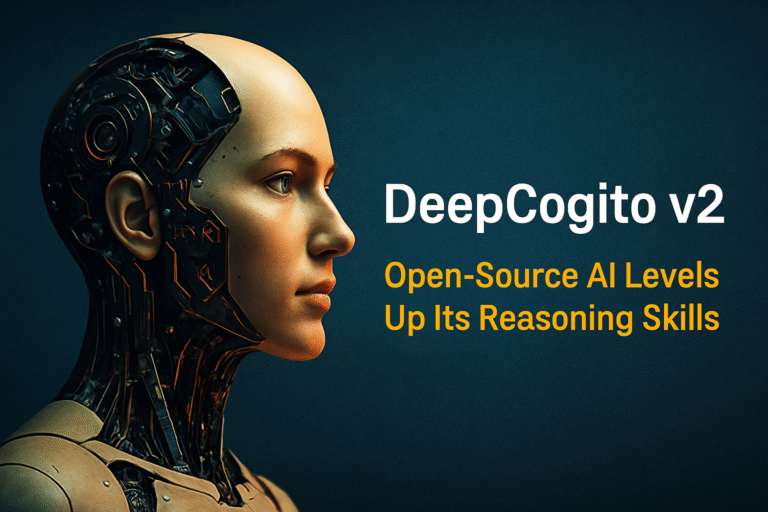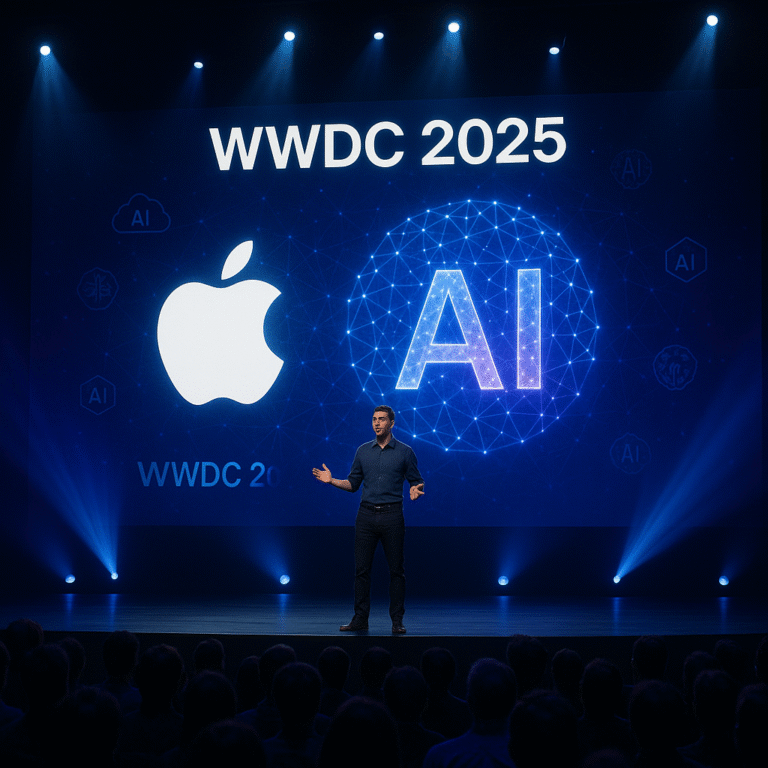
How Autonomous Driving Technology is Shaping the Future
Autonomous driving technology is transforming the transportation industry, making vehicles smarter, safer, and more efficient. Self-driving cars powered by artificial intelligence (AI) are expected to revolutionize mobility, reduce accidents, and improve traffic management. Companies like Tesla, Waymo, and NVIDIA are leading this innovation, pushing the boundaries of automation and AI-driven decision-making.
As this technology advances, questions arise regarding its safety, regulatory challenges, and impact on traditional transportation industries. In this article, we’ll explore how autonomous driving technology works, the latest innovations, safety concerns, and what the future holds for self-driving vehicles.
1. How Autonomous Driving Technology Works
Self-driving cars rely on a combination of AI, machine learning, sensors, and advanced computing to operate without human intervention.
Key Components of Autonomous Driving:
- AI and Machine Learning: AI algorithms process massive amounts of data to recognize patterns and make driving decisions.
- LiDAR and Radar Sensors: These sensors detect objects, pedestrians, and road conditions in real time.
- High-Definition Mapping: Autonomous vehicles use HD maps to navigate roads with precision.
- Cameras and Computer Vision: Cameras analyze road signs, lane markings, and traffic signals.
- Vehicle-to-Everything (V2X) Communication: AI-driven cars communicate with other vehicles and infrastructure for improved coordination.
Levels of Autonomy in Self-Driving Cars
According to the SAE (Society of Automotive Engineers), autonomous vehicles are classified into six levels:
| Level | Description | Example |
|---|---|---|
| Level 0 | No automation – human driver required. | Traditional cars |
| Level 1 | Driver assistance – features like adaptive cruise control. | Some modern vehicles |
| Level 2 | Partial automation – AI assists but driver supervision needed. | Tesla Autopilot |
| Level 3 | Conditional automation – vehicle can drive itself but requires human intervention in complex situations. | Honda’s Level 3 system |
| Level 4 | High automation – fully autonomous in controlled environments. | Waymo self-driving taxis |
| Level 5 | Full automation – no human intervention required. | Future fully autonomous cars |
🔗 Related: How AI is Transforming the Automotive Industry
2. The Latest Innovations in Autonomous Driving
Companies are constantly innovating to make autonomous driving technology safer and more efficient. Here are some of the latest advancements:
AI-Powered Decision-Making
AI algorithms are improving vehicle decision-making capabilities, allowing self-driving cars to predict human behavior and navigate complex environments.
5G-Enabled Vehicle Communication
Faster connectivity with 5G technology enhances real-time communication between vehicles, traffic lights, and smart infrastructure, reducing congestion and accidents.
Advanced Driver Monitoring Systems (DMS)
AI-powered driver monitoring systems track eye movement and attention to prevent distracted driving, even in partially autonomous cars.
Self-Learning AI for Driving Optimization
Machine learning enables self-driving cars to learn from real-world experiences, improving navigation and safety with every mile driven.
Autonomous Trucking and Delivery Vehicles
Companies like Tesla and Aurora are developing autonomous trucks to revolutionize the logistics and transportation industry.
🔗 Related: AI and Online Security: What You Need to Know
3. Safety Concerns and Challenges in Autonomous Driving
Despite its potential, autonomous driving technology faces several challenges:
1. Ethical Dilemmas in AI Decision-Making
Self-driving cars must make split-second decisions in emergency situations. How should an AI prioritize human lives in unavoidable crashes?
2. Cybersecurity Risks in Connected Vehicles
Autonomous cars rely on connectivity, making them potential targets for hackers. AI-driven cybersecurity solutions are essential to prevent cyberattacks.
3. Regulatory and Legal Hurdles
Governments are still working on regulations for self-driving cars. Laws must address liability, data privacy, and road safety.
4. High Costs of Development and Implementation
Autonomous technology requires expensive sensors, AI software, and high-performance computing, making mass adoption challenging.
5. Public Trust and Adoption Barriers
Many consumers remain skeptical about self-driving technology due to high-profile accidents and concerns about reliability.
🔗 Related: AI and Data Privacy: How to Protect Your Personal Information
4. The Future of Autonomous Driving: What to Expect in the Next Decade
Experts predict that autonomous vehicles will continue to evolve, but widespread adoption may take longer than expected.
Short-Term Predictions (2025-2030):
- More Advanced Driver Assistance Systems (ADAS) in mainstream vehicles.
- Wider use of Level 4 autonomy in controlled environments like delivery services and shuttle transportation.
- Increased investment in AI-driven vehicle safety features.
Long-Term Predictions (2030-2040):
- Mass adoption of fully autonomous vehicles (Level 5).
- Smart cities with AI-integrated traffic systems.
- Reduced traffic accidents due to AI-driven safety measures.
Autonomous driving technology has the potential to redefine transportation. While challenges remain, continued innovation in AI, connectivity, and cybersecurity will drive the industry forward.
Conclusion: Is the World Ready for Self-Driving Cars?
Autonomous driving technology is no longer just science fiction—it is a reality shaping the future of mobility. AI-powered self-driving cars promise to improve safety, efficiency, and accessibility, but challenges like cybersecurity, regulation, and consumer trust must be addressed.
As companies continue to refine AI-driven transportation, we can expect significant advancements in the coming years. Whether it’s autonomous taxis, AI-powered delivery trucks, or personal self-driving cars, the future of transportation is AI-driven and autonomous. 🚗💡





